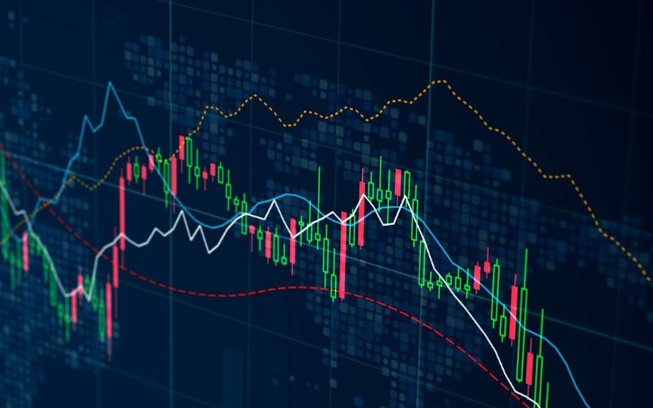
What is Forex Trading?
Forex trading, also known as foreign exchange trading or currency trading, is the process of exchanging one currency for another on the foreign exchange market. It is one of the largest and most liquid financial markets in the world, with an average daily trading volume exceeding $6 trillion. Traders participate in this market for various reasons, including speculation, hedging, and arbitrage. In this guide, we will walk you through the fundamental concepts of Forex trading, its mechanisms, and strategies to enhance your trading skills. If you want to dive deeper into this subject, what is forex trading https://acev.io/ is a great resource for additional information.
The Basics of Forex Trading
Forex trading involves buying one currency while simultaneously selling another, typically done in currency pairs. For example, if a trader believes that the euro will strengthen against the US dollar, they would buy the EUR/USD pair. The price of the currency pair reflects the exchange rate between the two currencies, indicating how much of the quote currency (in this case, USD) is needed to purchase one unit of the base currency (EUR).
The Forex market operates 24 hours a day, five days a week, allowing traders to engage in trading at any time. It comprises several major trading sessions, including the Tokyo, London, and New York sessions, which provide ample opportunities for traders around the globe.
Key Participants in the Forex Market
There are various participants in the Forex market, each with their own motives for trading:
- Retail Traders: Individual investors who trade for their personal accounts.
- Institutional Traders: Large financial institutions, such as banks, hedge funds, and investment firms, that trade in bulk for profit.
- Corporations: Entities that trade to hedge against currency fluctuations for international transactions.
- Governments and Central Banks: They participate to stabilize or manipulate their currencies to achieve economic goals.
Understanding Currency Pairs
In Forex trading, currencies are quoted in pairs to indicate their relative value. Currency pairs are classified into three main categories:
- Major Pairs: Pairs that include the US dollar (e.g., EUR/USD, USD/JPY).
- Minor Pairs: Pairs that do not include the US dollar (e.g., EUR/GBP, AUD/NZD).
- Exotic Pairs: Pairs that consist of a major currency and a currency from a developing market (e.g., USD/TRY, EUR/SEK).
Forex Market Hours
The Forex market is open 24 hours a day. This continuous operation is divided into major trading sessions:

- Asian Session: Begins in Sydney and moves to Tokyo. This session is often quieter.
- European Session: Starts in London, with significant trading volume and movement.
- North American Session: Begins in New York and overlaps with the European session, leading to increased volatility.
Understanding the trading sessions is crucial for traders, as market activity can vary significantly depending on the time of day.
Forex Trading Strategies
Traders use various strategies to maximize their chances of success. Here are some of the most common strategies:
- Day Trading: This strategy involves buying and selling currencies within a single trading day to capitalize on short-term price fluctuations.
- Swing Trading: Traders hold positions for several days or weeks to capture price movement over time.
- Scalping: This strategy focuses on making small profits from numerous trades throughout the day.
- Position Trading: Long-term strategy where traders hold positions for months or years, based on fundamental analysis.
Technical and Fundamental Analysis
To make informed trading decisions, traders often rely on two primary types of analysis:
- Technical Analysis: Involves analyzing historical price charts and patterns to predict future price movements.
- Fundamental Analysis: Focuses on economic indicators, news events, and geopolitical factors that can influence currency values.
Risk Management in Forex Trading
Risk management is crucial for any trader, as it helps safeguard your trading capital. Here are some essential risk management techniques:
- Setting Stop-Loss Orders: Automatically closes a trade when the price reaches a predetermined level to limit losses.
- Position Sizing: Determining the appropriate amount of capital to risk on each trade based on account size and risk tolerance.
- Diversification: Spreading investments across different currency pairs can reduce overall risk.
Conclusion
Forex trading offers opportunities for profit but also comes with considerable risks. Understanding the basics of currency trading, the key participants, and effective strategies can greatly enhance a trader’s chances of success. Whether you are a novice just starting or an experienced trader looking to refine your skills, continuous learning and practice are essential in navigating the complex world of Forex trading.
As with any form of investment, it’s vital to approach Forex trading with a clear strategy and an understanding of the potential risks involved. Start small, utilize risk management techniques, and continually educate yourself to improve your trading acumen.
